The fourth wave of Captain Madsen
In April 2018, the verdict on the case of the Danish inventor Peter Madsen was announced in the Copenhagen City Court. He was found guilty on all counts — premeditated murder, sexual assault and the dismemberment of the body of a Swedish journalist whose remains were found nine months earlier in Køge Bay, near Copenhagen.
Throughout the entire period of the investigation and the trial, to this days, one could observe in real-time the dynamics of the changing public reaction to the event itself, to the personalities and stories of the accused and the victim, changing not so much because a cruel crime was committed, not even because It was associated with sexual violence, always attracting the special attention of the public, as much because both heroes of the story were public, known and respected people who had no criminal background. This is not the first murder in the history of Europe — about 45-50 murders are committed annually in Denmark itself, but for some reason it has become the most monstrous crime in modern Scandinavian history.
As things got closer to completion, shock and bewilderment were followed by harsh hostility, animal aggression and open demands for a punishment that goes far beyond the current legislation. The defender of the accused Betina Hald Engmark, commenting on the situation, repeatedly said that it seems that her client was convicted long before the completion of the judicial investigation. A crucial role in this, according to her, was played by the behavior of the media, which formed an unambiguously negative public opinion, taking advantage of the fact that, according to the law, before the trial, only the prosecution has the right to distribute information about the investigation, while the defense remains silent. «The press is called the fourth power, and it should be considered an important part of democracy and the judiciary. And, as I thought, the press is fighting for a fair trial for everyone», — said Engmark.
As brighter and more irrational these calls for reprisal sounded, as more interesting and important it became to understand what is happening, to find out who the person really is, who is demanded to be executed in the city square by the one of the freest societies of the world in the second decade of the 21st century.
In the middle of summer 2018, the idea of the art project «This is not the Peter we know» appeared. It soon became apparent that it was necessary to implement the plans in some form of collaboration with Peter himself, and in autumn personal communication began.
Fear and hate
The starting point of the project was the unprecedented all-consuming hate and cruelty that filled the media and social networks. Obviously, the society felt that kind of discomfort, which forces to attack, because it is too late to defend themselves. There is nothing more frightening and painful than the cultural expansion, the attack on the territory of the habitual, accepted and not subjected to a long time audit.
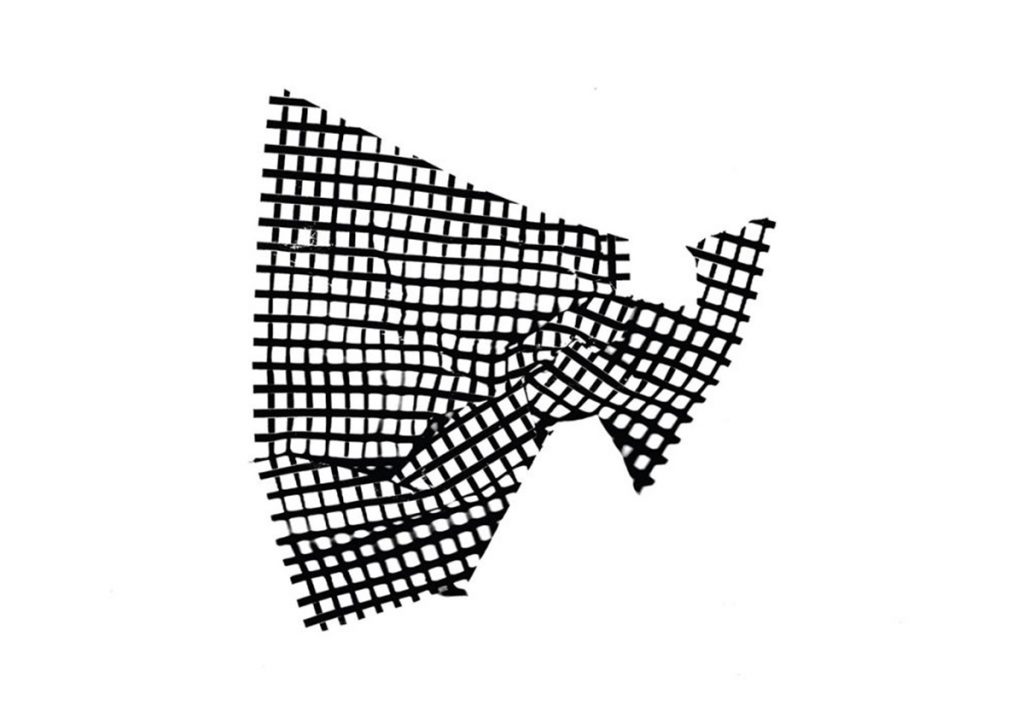
Peter only in the second place became a physical threat to society, in the first — he was undoubtedly and unmistakably considered as a cultural threat. That is why he will not be spared. Obviously, this dissatisfaction even with the maximum prescribed punishment imposed and the thirst for «proportionate» retaliation is dictated not so much by the act itself, as it was a reaction to the person who committed it. «This is not the Peter we knew» is the most frequently spoken phrase of all his former friends, colleagues, family that left him. He was not who they thought he was, did not live up to their expectations, did not correspond to the meanings with which he was endowed. People do not like and do not want to be fooled, they don’t like to be mistaken, but they want to live in a monosyllabic world, distributing roles among others, because this makes the world a little more predictable and a little less dangerous. Peter, whom they knew, could not do this, and they don’t need Peter, who could. This is not a search for justice, but frustration from the inconsistency of the reality with the idea of it.
«In my life there isn’t a single person left, from those who were in it until August 10, 2017», — he says.
In essence, what is happening looks like a conversation of society with itself — it pretends that the «monster» in its ranks could not be seen at time, because he was too well disguised as a positive hero, an ideal «friend». Now, with frenzy, it seeks to correct itself, as if to wipe out a mistake in a notebook, so far no one has noticed, but in reality it only smears dirt.
Another significant intention of the haters, besides wishing a painful death, was oblivion. Gradually, almost all texts, lectures, videos, even references to the name were removed from all professional resources. Of course, this is the only way out, because in this chamber of measures and weights socially unacceptable will always nullify any other content.
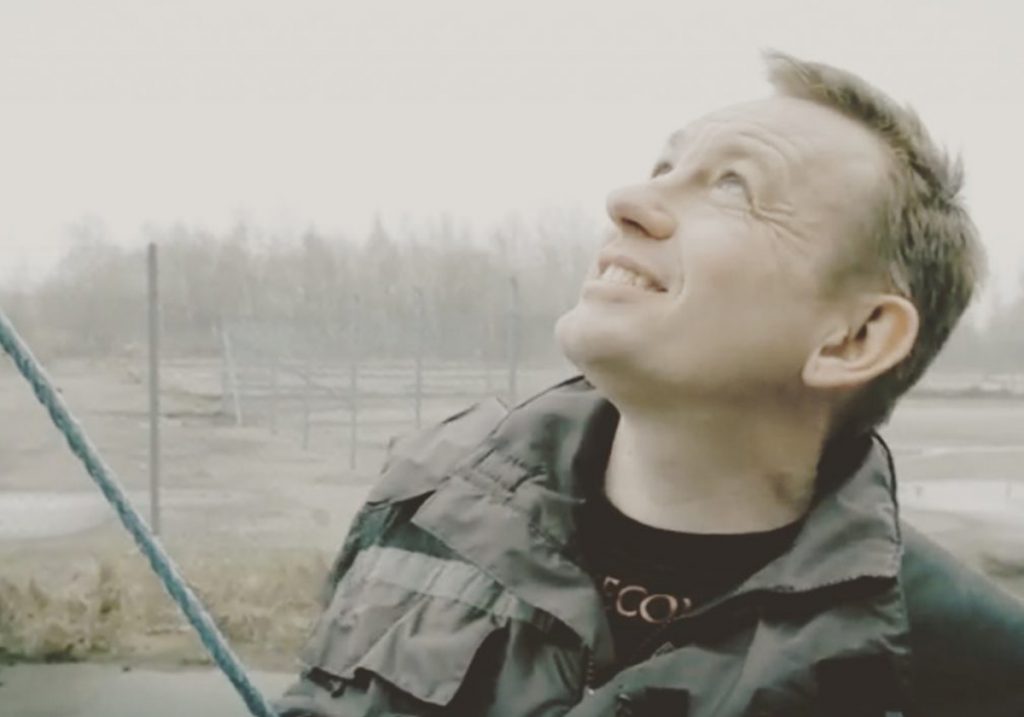
To forget and erase from memory and history — the water should close over the sunken one, restoring the perfect surface, and the dissenting one will be asked to determine identity in the close space between the statuses of an insane and/or an accomplice.
«He lives better than me»
Not the last place in this herbarium of hate was taken by the indignation of too good conditions in the correctional institution, where Peter was to serve his sentence. The press was filled with detailed descriptions of residential and common spaces, with scrupulous enumerations of rights and opportunities that he has, like, by the way, all the other inhabitants of this place. Social networks have spewed a new portion of anger due to the fact that «he lives too good and suffers not enough». It is doubtful that measuring the quality of life in the units of the material world, at least one of the perturbed could truly appreciate the meaning and significance of freedom for the object of its aggression, while it was the only thing that had real value, was a tool and fuel, engine and the way.
«„Nautilus“ is a political statement about individual freedom», — said Peter.

Having become a party to the current social contract, «outraged citizens» apparently exchanged their freedom for the illusion of security. But is this society, whose cannibal impulse, replacing their thirst for justice and not satisfied with life imprisonment and needs bonuses in the form of the possibility of humiliating others, so safe? Is freedom so necessary and important for those who don’t consider depriving it an exhaustive punishment?
As is known, «prison is not a resort», and any Russian was accustomed to the fact that on the other side of the fence a person is deprived of rights and dignity, he left it along with laces and belt when entering this door. More interesting is that a society with a different history, different legal practice and different price of human life comes to the same cultural construct.
«Because you are Russian»
Less of my European interlocutors were able to overcome the archaic discourse of «genius and evil» and move away from the station, where «no matter how interesting is the person who committed a socially unacceptable act» in any productive direction, but one of the ironic statements was quite meaningful: «You can reason like this because you are Russian».
Half Machine Art Group performs ballet on the deck of the Nautilus, moored in the Copenhagen harbor, May, 2007
Indeed, Russian — is the superiority of the idea and content over the human, the eternal disproportion of the Project and human that goes back to the Soviet, Russian — is a superhuman, new human, half machine. It is no coincidence that Peter always talks about soviet inventors, the Soviet Space, about «Sputnik», «Vostok» and that this impression influenced his life and ideas.
God says to Gagarin: Yura, now you know:
there is no decomposition with a putrid taste,
there is no extinction inside a human
but only ice cream in the square on the hands of the father,
smell of grass and hot iron horseshoe,
birch earrings, spruce paws,
only we carry this in ourselves, Yura,
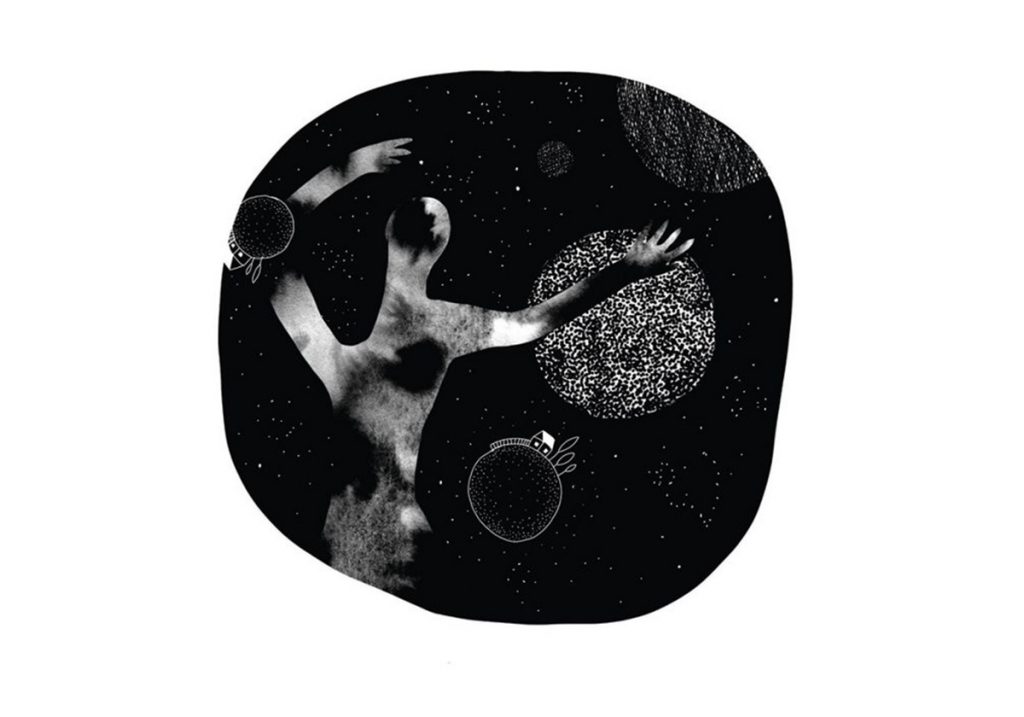
Long before the first real conversation, it was clear to me that Peter was «dreams about something more», it was obvious that «Nautilus» was always much more than a submarine. For a decade, it was used in different ways — as a commercial advertising platform, as an asylum, a place for sex, an emergency repair base, and even a vehicle for possible round-the-world voyage. For Peter, «Nautilus», like all the mechanisms and constructions he developed, was always and first of all — an object of art, and the overcoming the gravity and flight was a metaphor for liberation and freedom.
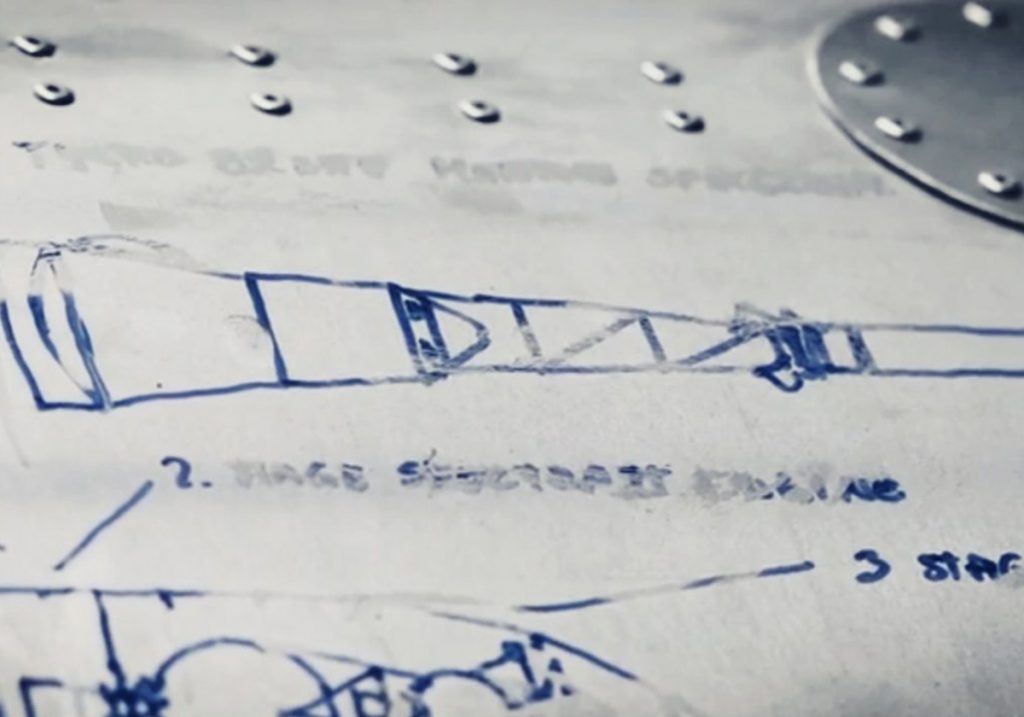
«I have always considered my submarines, airships and rockets to be «functional sculptures».
«I built things to tell stories. When your children become interested in physics, chemistry and mathematics, ban them and say that it is important to start with art studies, otherwise it will not work, — Peter tells me, — all the main projects were implemented by those who thought in the categories of art».
you see, I scattered red stars across the sky,
threw on the sky from Kaliningrad and to Amur,
only for joy, Jura,
you always understood how simple it all is.
Within ten days of the trial, strange, shocking, bright and unexpected testimonies from experts in rocket production and underwater vehicles, stories of colleagues, friends, partners, activists of the Copenhagen sex-underground were presented to the court. Together, their words painted a portrait of a dreamer, a genius inventor, an incredibly strong engineer who decided to do the impossible in space and on water. The main evidence that played a key role in his conviction was hard porn that was found by the police on his computers.
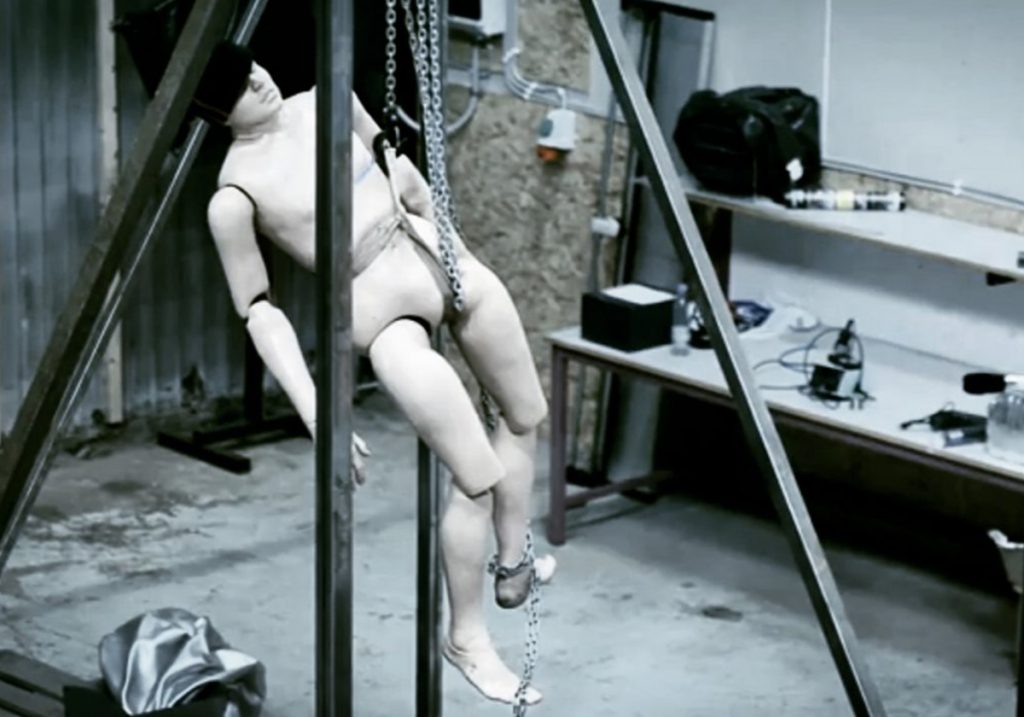
With you, Yura, we here are talking
about what is hidden inside.
No mystery of this, no secret,
«History is a narrative, and it belongs to the one who holds power, to those who won the war.
The winning side always looks „good“, not because, of course, that it is really so good, but because it has appointed itself as such. But one day the weapons will die down again.
The „bad“ ones — losers are those, whose history is written by the winners. Simple story requires unambiguous heroes and absolute villains, nothing between, no gray tones. Anything that distorts this ideal one-dimensional perspective is unwanted. This story is one-eyed.
I’m just a person. And I’m a bad person. Monster. I committed a terrible, incredible, unthinkable crime against an innocent person. If I did other things in life, good things, they no longer matter for this story. It does not contain information about who I am besides this, this is superfluous, because it can lead to unpredictable results and give answers to questions that no one asked to avoid hearing the answer».
when you’ll come back — so tell everyone,
that not death, but apple trees are in human’s breath,
that human is a heavenly spirit, not a jackal,
For a long time I didn’t want to touch upon what had happened at sea. It seemed to me that this would be an unacceptable intrusion into the space of something very personal and fragile. Only Peter could start this talk. It began and is unlikely to ever end: «Actually, you just have no idea what it is like. And I hadn’t. I would like freedom not from prison — from guilt».
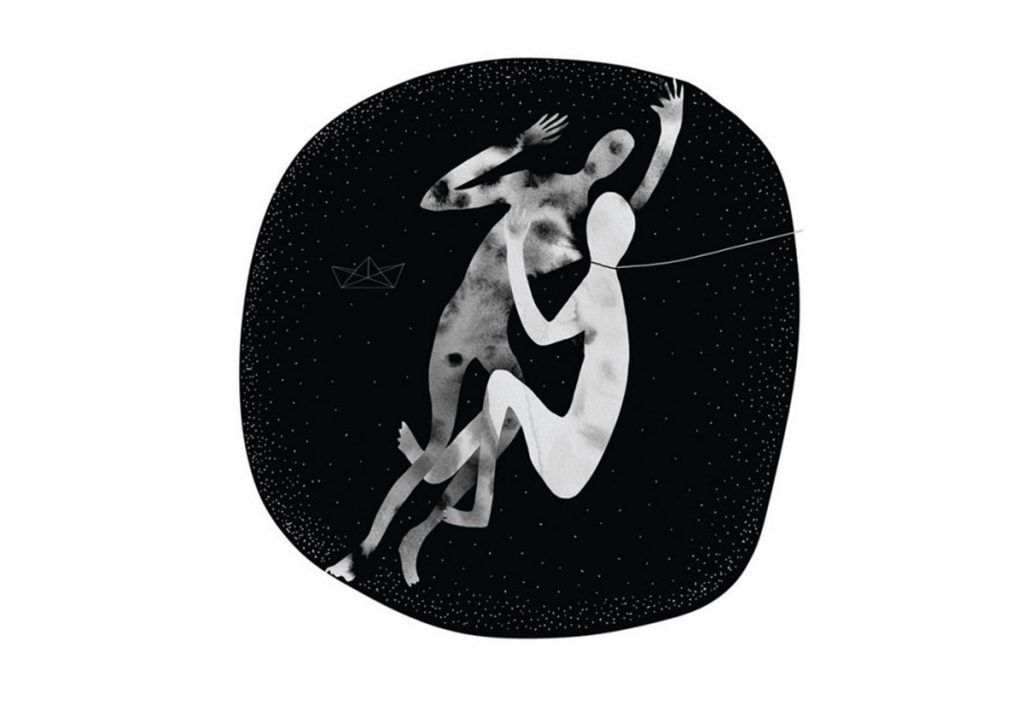
so tell them, Yura, but not about me.
And when you fall —
don’t be afraid to fall.
Cultural terrorism and reputation
Anyone who supported Peter Madsen and expressed even the most restrained positive opinion was instantly labeled as a pervert, a traitor to common sense and humanistic principles on which European civilization itself is based. This stigma has covered even the remaining anonymous. In fact, the spectrum of this «positive» attitude is enormous — from simple curiosity, which forces one to go further than «truth and justice», to choosing party and standing side by side. This story is, of course, not about violence and not about crime, and therefore it is interesting, although, probably, my kind of humanism would never allow me to join any majority and shout out «crucify him» even if it were less meaningful figures on both sides of the event.
We are accustomed creatively and ideologically functioning in a very densely information environment, where every persecution has clearly political nature, every detainee, arrested and sent to serve his sentence is obviously innocent. It has remained important, but it has long ceased to be interesting, it has ceased to be a cultural storyline, it bears the sign of ordinariness and routine on itself. There is no special meaning in supporting the innocent, it can be technically difficult or even physically dangerous for the supporter, but this is a culturally approved and unequivocally positive strategy of existence in the reference group living in war with the state. Supporting the guilty one, calling him a friend, we smash «normality» into pieces, diversify the symbolic capital of culture, engage in cultural terrorism, essentially the only truly effective form of peaceful resistance, in which voluntary deanonymization plays the key role. We no longer need to turn over the police cars, burn the banks and dance on the pulpit to be «out of law». It turned out that the name and the face — is weapon, and therefore, answering the main question of my European friends, am I not afraid for my reputation, I answer that I risk my reputation every minute when I don’t say what I think.
Formally, the classic exposition, which exists according to all the canons of the exhibition space, is in itself a provocative statement that Peter is still here, his ideas and projects are still important, alive and interesting, he continues to tell stories. This is a symbolic return to the cultural scene.
The most important element is total interactivity, within which all the work from beginning to end is a part of the project — all actions from searching for a curator, funding and the stage and until engaging, immersing and participating the viewer, which independently from his will, enters the game and does exactly what is expected of him. We set a mirror at the face of the society within which borders we act — a humane law-abiding citizen will demand reprisals and/or truly attack, supporters of freedom of speech and expression will demand ban/censorship, feminists will declare me a traitor to all women, representatives of a tolerant society will try to deprive me — refugee and emigrant, the right to criticize the «European», etc. However, it is important to understand that in themselves, the values and principles, are neither questioned nor re-evaluated by any of us. The main content is the statement that for the most ardent of their carriers these values are an empty form, and a society consisting of citizens who hate violence so much that they are ready to publicly kill a human is dangerous for itself.
The exhibition should be preceded by introductory text, instead of a manifesto, the brief meaning of which may be reduced to a simple «Kill me, prove that you are better than me».
Let me go, mom
While the simplest acceptable conditions for interaction (phone communications and letters) were lined up, it turned out that all visits by women were completely forbidden for Peter. After a lull, the media were again filled with indignation at the fact that he had the opportunity to have visitors. In mid-October 2018, the Danish edition BT published an interview with one of the women who had met with Peter, from which new «aggravation» began.
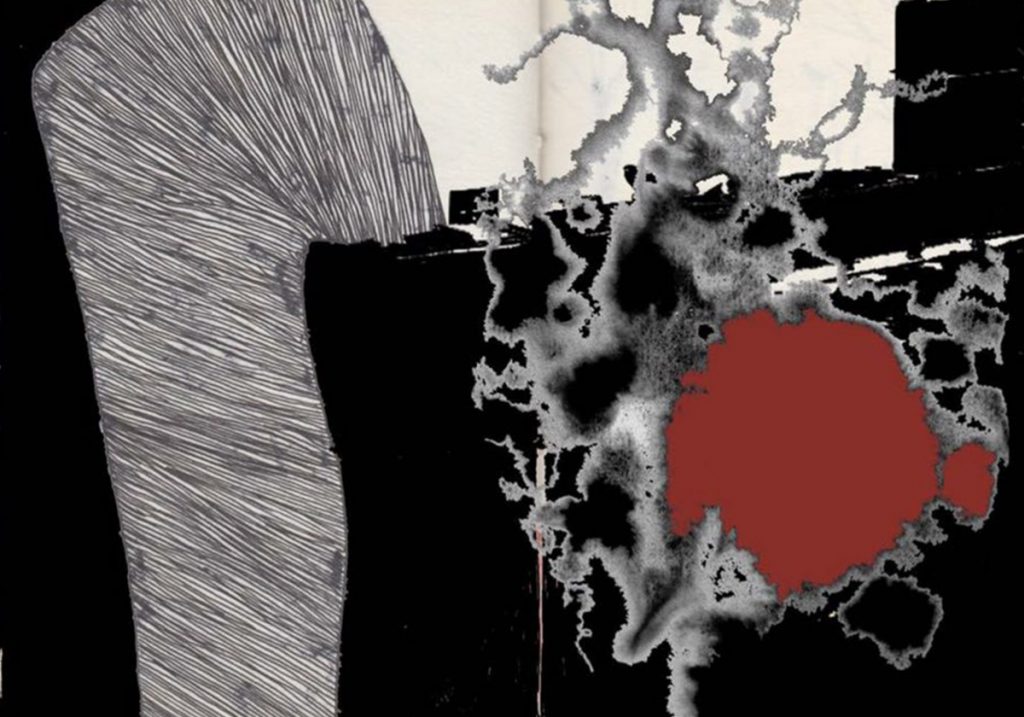
«Danish politicians want to stop Peter Madsen’s love exploits in prison after reports of women flocking to see the inventor convicted of the brutal murder of a Swedish journalist».
«The Danish People’s Party and Social-Democratic Party called on the government and Justice Minister Søren Poulsen to end the sexually active life of the cruel killer».
«Our prisons should not be wedding agencies for psychopaths», — Poulsen himself believes, — «Cold-blooded killers should not be given the opportunity to have sex in jail».
Legal representative of the Social Democrats Trine Bramsen also believes that convicted life prisoners, such as Peter Madsen, do not have the right for an active sex life: «This is a mockery of the memory of the victim and her relatives, that the person who has committed such an unforgivable crime can be visited by women. This is also a mockery of justice».
None of these conclusions explains why the discussion of the need for these measures arose in connection with one specific person among all serving sentences for the same or more serious crimes, none of them allows the possibility that communication with visitors of the opposite gender can be friendship, intellectual, creative, business and generally has not any sexual motives.
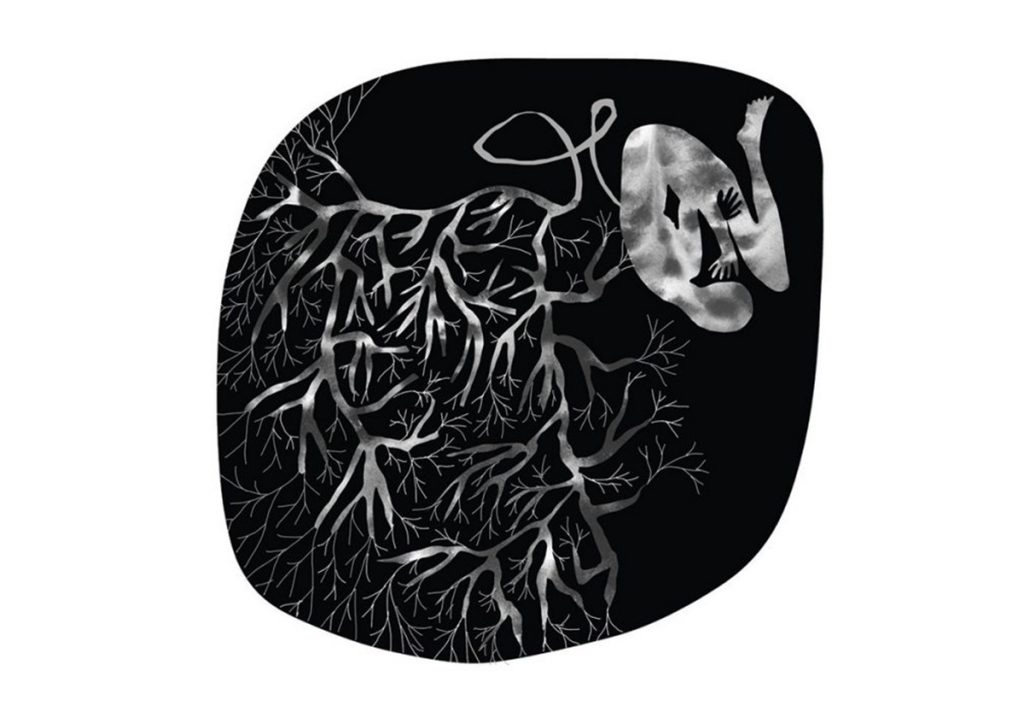
Within the framework of this position, which was said to be based solely on the demands of justice and the need to «protect other women», there is an unequivocal statement that the life task of every woman being is to be a sexual object and serve someone’s physiological needs. I personally know at least one person from a short list of those who visited Peter, and these visits on both sides were based on friendship and professional interests, very far from sexual.
The public position of the Swedish writer and member of the Nobel Committee Kerstin Ekman, who supports the international campaign #metoo, also makes a strong impression: «We, women have always known that if we reveal ourselves, we will be ashamed and guilty ourselves. It’s great that the #metoo campaign really changed that. But how to explain the behavior of women who visit the killer Peter Madsen in prison? It was the most horrible crime imaginable. He must be sent to the bottom of the sea and remain there throughout his life. Instead, women swarm around his prison cell, and so actively that Danish politicians talk about the need for new restrictive measures. This could keep fans from contact with the most dangerous killer.» In Ekman’s words there is a complete set of stamps of the «official» feminist discourse. Here there is an old fashioned mix of patternalism and internal misogyny, carefully prompting stupid women with whom and in what form they should communicate, and carefree conviction that someone can/should be stopped, and if someone does not get something, then the world will be more harmonious/fairer/safer.
«I think these women must be the craziest creatures on this planet. Their communication with Peter Madsen diminishes the enormity of his act, is a betrayal of women who have become victims of such crimes», — writes Ekman. The strategy of depreciating a different opinion by declaring its carrier crazy is also not new at all — it is this tool that all totalitarian regimes in the world still use in order to turn off dangerous topics from the agenda, the more difficult it is to believe that this is not being said anonymously from the web, but by the status representative of the European cultural community in 2018.
On the other hand, all this is hardly surprising, since #metoo is one of the most successful projects of institutional feminism that serves the capitalist system and fights for equality only to the extent that it defends only those rights of women, that most comfortably install them into a system, whose main feature is still male dominance. In this case, dominance means, of course, not the concentration of money in hands of men, but the ideology and mechanics of the world into which women who have achieved significant positions are forced to integrate.
The following thought of the writer sounds no less frightening: «We women have the power that can limit the violence of men. We have to use it.» Even if we close our eyes to the large-scale generalization of «we», it is difficult to ignore the content of what Ekman calls «power». The power in her interpretation is the power to «stay out of market», to say «no». So, our time, our empathy, our choice, our body, is still not our business, but a certain attributed value that functions separately from us as a commodity, prize, gift or reward. The woman is still a prisoner and/or a hostage, and her freedom is in one way or another limited by ideas from outside about her and her social roles. This picture of the world is so strong and comprehensive that even the citizen of the Open Space, Peter Madsen, asks me this question: «You’re a mother, (you are „good“), where is from all this in you?»
In connection with the total ban on women’s visits, I began to ponder what my response to this almost comical situation might be, since it is obvious that the declared perposes «to stop sex life behind the bars» and «protect other women» actually violate the right of all women to freedom to dispose of themselves for the sole reason — because they are women. It turned out that this time literally — in order to get the right, women would have to become men. At the same time, our mutual friend wrote to me that she was quite ready to begin the process of changing gender, if the problem is this. I thought it might be a good statement if a group of women did it. I still think so, although it seems to me a more radical position to reject changes.
Jenny
I really respect you so much, and you are one of the most courageous women I know. Being his friend now means being brave. In general, for me this is precisely the meaning of real feminism — that we are here, and this is a choice.
Sofie
I understand this in exactly the same way. I consider myself a feminist, and they kicked me out of my group as a traitor. I work as a train driver (in this profession 95% of men). No one has ever told me this, and I just lost hope that someone thinks the same way.
Jenny
I think so, and say, and do so.
Sofie
I somehow became disenchanted with humanity in general, I almost did not care (
Peter was banned from visits — this was not the case with any prisoner before. Politicians insist on a total ban on women visits. If you ask anyone, you will hear that any woman visiting Peter is, of course, for sex. Furious.
So because of my gender, they will not allow me to attend him — the law has not yet been passed, but everyone understands, of course. If they say that only men will have the right to visit, I will change my gender. I’m furious about this. So tired of being a «fragile woman». I’m not sure that my husband will be very happy, but I know what I want, and I will get it. Yes, hate is insane, it is very tiring. At first I read everything, now there is almost none. These are some bursts of stupidity and blindness, and it is not worth wasting time on it.
Jenny
By the way, do you think the name of the project sounds clear?
Sofie
Of course. When I went to give that interview, that was exactly what I said. In general, I was very surprised that people around him just fled. I thought they really loved him. I am so angry with those who left when he most needed help and friendship. You understand, helping and being a friend is very easy. I don’t know if I learned something new about myself, but I was convinced that most people are selfish asses and run when it gets a little scary.
The situation turned upside down, and different kinds of campaigns like #I’mnotafraidtosay, became albeit important, but completely mainstream phenomenon (and maybe it’s not bad), something completely different has become unacceptable, scary and dangerous. I will surely be reproached for depreciating someone’s traumatic experience for not having my own, but it turned out that I also have this experience, I just took out another content from it and was always afraid to say that. Not afraid anymore.
There is a feeling that we see the birth of an alternative, and unfortunately this phenomenon may well be described by the same words of Kerstin Ekman: «We, the women, always knew that if we reveal ourselves, we will be ashamed and guilty ourselves».
One of the most common remarks on the web regarding all women who have absolutely any type of relationship with Peter remains: «She must be willing to end up as Kim». Of course, any generalization looks immanently absurd, but if you imagine such a desire, it remains unclear how it is bad.
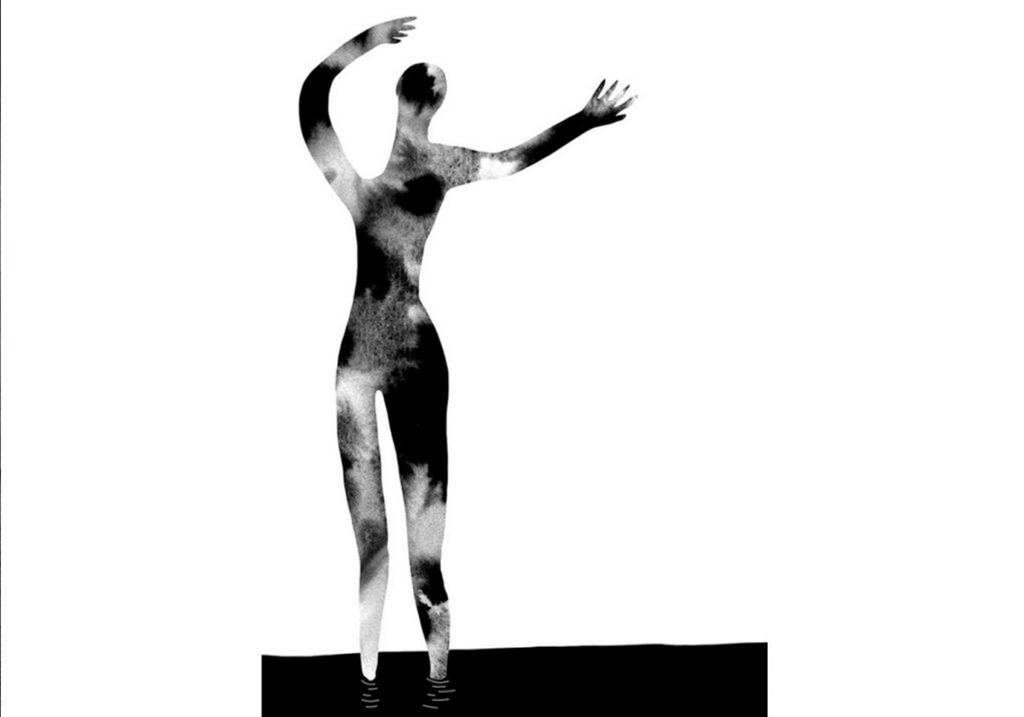
This is similar to the radical need for absolute and utterly expressed love, to transform, at least for a while, into the Lacan’s «object a», which undoubtedly is the past path of torment and the resurrected Jesus. Here the field of special attraction is born, where the human desire to get in touch with God is concentrated. Here the human body becomes the reference of the divine, manifested in the physicality of Christ. Medieval sources generally contain direct references to the feminine gender of Christ, as is Archbishop Anselm of Canterbury in the 11th century gives prayers to «Christ, my Mother», calls God «the Great Mother», and Juliana Norwich, considered one of the progenitors of feminist theory, writes in «Revelations of Divine Love»: «As God is our Father, so God is our Mother», «About our precious Mother Jesus», «Our Father desires, our Mother acts, and our good Lord, the Holy Spirit affirms», etc.
Receiving deadly wounds, the body becomes an object of worship. Body as a result of torment acquires sacred significance and fetish status. There are many visual sources where the wounds of Christ are depicted separately from the body, and exactly to these images the thoughts of the parishioners are turned, it is what caused the desire to touch the images of «holy blood». Sources are filled with descriptions of the ecstatic states of saints and mystics in contact with Christ through images of his wounds. Some of the most detailed descriptions are contained in Gertrude Helft’s «Revelations» about how the angel-like Christ came to her and shoots arrows from his wounds, causing excruciating and sweet pain. In the «Book of Divine Doctrine», Katarina of Siena said that she managed to touch the wounds of Christ and felt the taste of his blood during one of her visions. The death, anguish and resurrection of the flesh of Christ is the object of absolute passion for the believer, and the death of Christ is the condition of a perfect metaphysical and spiritual marriage between God and a human.
